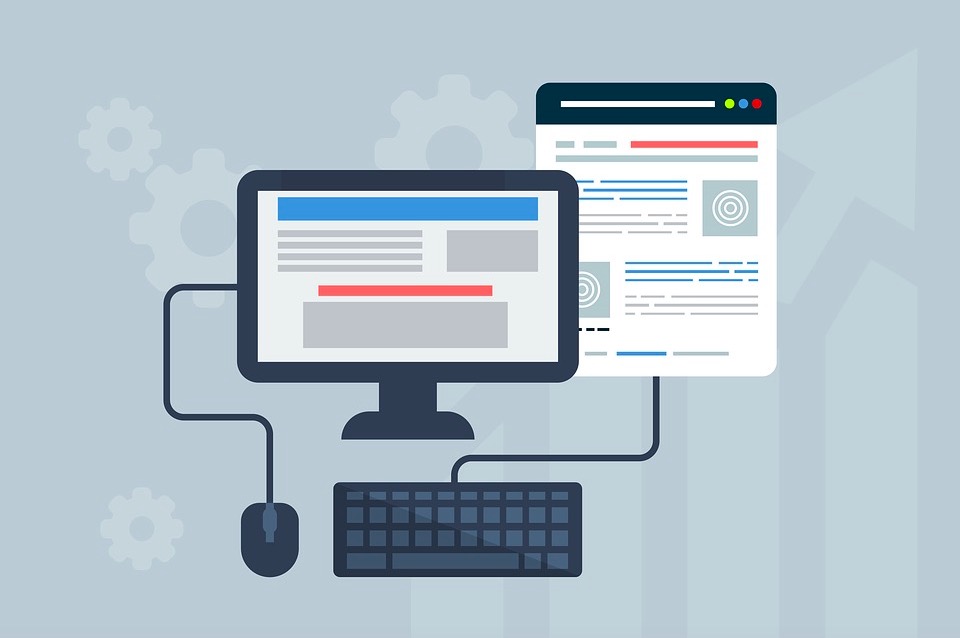During the last decade, I have been asked countless times how I would recommend someone get into the programming world without going to college. Many people don’t want to spend the time or money getting a computer science degree, and since I did it people generally assume I can tell them the shortcut to achieve the same in their life. Unfortunately, few people really realize the amount of time and effort it took for me to get where I am or the difficulties I’ve encountered by not having a degree in a field where a degree is expected.
I didn’t start working with computers until around 1997. I was in the US Army at the time, and worked exclusively with Unix machines. Unlike the Windows world, the Unix world has always had tools for developers. The machines I worked on had C, C++, Perl, Tcl/TK, Fortran, Bourne Shell, and numerous other programming tools. During the course of my work, I often used scripts written by others, and soon learned to modify them to do what I wanted them to do. I purchased programming books from Amazon and decided to learn more. At home, I setup an old computer to run Linux so I could have a similar development environment to the machines at work. As time went on, I decided to take courses through the National Cryptologic School on Perl, Unix Administration, C Programming, and other tech subjects. After becoming pretty comfortable with C, I decided to further my education through a correspondence school (the now defunct National Radio Institute) where I earned a diploma in Visual Basic Programming (as I was already pretty comfortable in C, I figured it best to branch out and learn a new language). A few years later, I took a few courses from the University of Maryland in C++ programming. Throughout this time, I spent countless hours at home learning everything I could about programming. I wrote programs to do all kinds of things – from GUI development to command line scripts. This was a difficult time in my life – working a full time job while spending all my free time learning to write computer software took a heavy toll on my marriage. But it would all be worth it when I got out of the Army and found a job in the software realm.
Then, in 2001, it was finally time to step out and find a programming job. Of course, I had no real experience as a programmer. I had written some code and scripts in the Army, but hardly anything that would really be considered production code. None-the-less, I managed to find a local company that needed an entry level programmer. And, thanks to a friend who knew the owner, I was offered a position. In my hubris, I assumed I knew everything at that point in my career. It would take years to fill the gaps in my knowledge to become a good programmer. With project after project under my belt, I would finally become a respected developer around a decade later.
What has my lack of degree caused me? During my entire career, I have found countless companies that wouldn’t even talk to me because I didn’t have a degree – they were unwavering on their requirements for a BS in Comp Sci even though I had been working in the field for years. At various companies I worked at, it became obvious that I would never be promoted simply because I didn’t have a piece of paper. Even though I could code better than my peers, my lack of degree held me back.
At no point has my path been easy. It’s involved an incredible amount of work and sacrifice. And if you’re thinking of teaching yourself to program and find a job, I wish you the best of luck as you are about to find out that it takes far more than watching a few online videos and making a webpage.
If you do choose this path, how can you make it successful? Passion – you must have an unwavering passion to write code. You need to spend every waking hour writing code, reading books, watching videos, and doing everything you can to become a good programmer. Expect to put in substantial time and effort. Expect to struggle finding your first job. Expect difficulty advancing in your career. Don’t think for a minute that it’ll be easy – I can promise you, it won’t.









